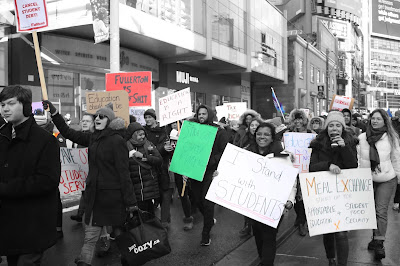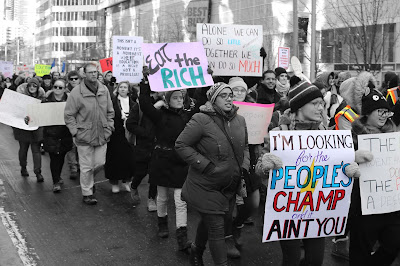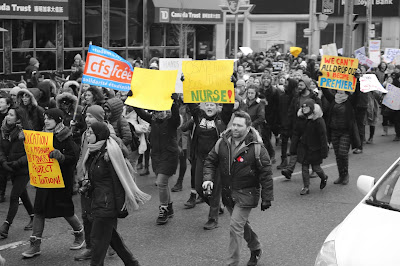"Love has no borders" in Cold War (Zimna wojna). This Polish historical period drama film directed by Paweł Pawlikowski, and co-written by Pawlikowski, Janusz Głowacki and Piotr Borkowski. Set against the backdrop of the 1950s Cold War in Poland, two people of differing backgrounds and temperaments begin an almost impossible romance.
The main characters were loosely based on the real-life creators of the world-renowned Polish folk dance group, Zespól Piesni i Tanca Mazowsze (Mazowsze), which consisted of Tadeusz Sygietynski and Mira Ziminska. The troupe was founded after the war and still active. Sygietynski and Ziminska were married and after the war toured the countryside in search of talented young folk singers and dancers. They also composed the song "Dwa serduszka, cztery oczy", which is the leitmotiv of the movie. Once he had his characters in mind, Pawlikowski looked for a way to bring them together and the music became essential to the film. The turbulent relationship between the main characters was inspired by Pawlikowski's real-life parents, whose names the protagonists share. They did break up and get together a couple of times as well as moved from one country to another. The film is dedicated to Pawlikowski's parents. Legendary actress Lauren Bacall was in mind when Pawlikowski and actress Joanna Kulig were developing the character of Zula, especially for the screen legend's sarcastic delivery of dialogue.
The film stars Joanna Kulig, Tomasz Kot, Borys Szyc, Agata Kulesza, Jeanne Balibar, and Cédric Kahn. The performances, given by the cast, were splendidly acted. The characters of Wiktor and Zula, as played, stupendously, by Kot and Kulig, are a vortex, as fascinating to spend time with as they are bottomlessly tender. Tremendously bittersweet as the couple in post-war Poland; they have the inscrutability of oppression and lack of freedom.
Empathetically written, splendidly acted, and beautifully photographed, Cold War finds director Pawel Pawlikowski revisiting his roots to powerful effect. With breathtaking concision and clarity—85 minutes of austere, carefully framed black and white—Mr. Pawlikowski penetrates the darkest, thorniest thickets of Polish history, reckoning with the aftermath of World War II. From 1940s until the 1960s, Poland lost a fifth of its population. In the two years after the war, Communists took over the government under the eyes of the Red Army and the Soviet secret police, the N.K.V.D.. Many Poles, who were oppressed by the Soviet Union, were searching and yearning for freedom of the West; the prominent citizens were forced to play into the communist propaganda machine. In the film, all of this is not only stated, but it is all built, so to speak, into the atmosphere. Bittersweet in tone, but not without its moments of pure joy, the haunting black-and-white art-house film is brilliantly crafted. It's done in hard-focus black-and-white, with no tricky camera moves, no special effects; sort of "minimalist realism." Mr. Pawlikowski has made one of the finest European films (and one of the most insightful films about Europe, past and present) in recent memory.





































































